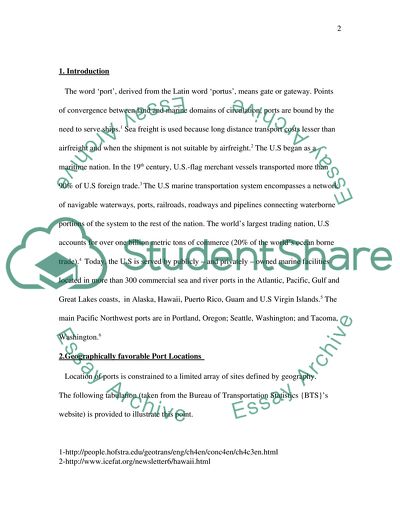Cite this document
(How Does Port Location Affect Port Traffic Case Study, n.d.)
How Does Port Location Affect Port Traffic Case Study. Retrieved from https://studentshare.org/macro-microeconomics/1702960-port-location-is-one-of-several-factors-determining-how-a-port-develops-how-does-location-affect-port-traffic-in-terms-of-the-cargo-volume-and-the-number-of-s
How Does Port Location Affect Port Traffic Case Study. Retrieved from https://studentshare.org/macro-microeconomics/1702960-port-location-is-one-of-several-factors-determining-how-a-port-develops-how-does-location-affect-port-traffic-in-terms-of-the-cargo-volume-and-the-number-of-s
(How Does Port Location Affect Port Traffic Case Study)
How Does Port Location Affect Port Traffic Case Study. https://studentshare.org/macro-microeconomics/1702960-port-location-is-one-of-several-factors-determining-how-a-port-develops-how-does-location-affect-port-traffic-in-terms-of-the-cargo-volume-and-the-number-of-s.
How Does Port Location Affect Port Traffic Case Study. https://studentshare.org/macro-microeconomics/1702960-port-location-is-one-of-several-factors-determining-how-a-port-develops-how-does-location-affect-port-traffic-in-terms-of-the-cargo-volume-and-the-number-of-s.
“How Does Port Location Affect Port Traffic Case Study”, n.d. https://studentshare.org/macro-microeconomics/1702960-port-location-is-one-of-several-factors-determining-how-a-port-develops-how-does-location-affect-port-traffic-in-terms-of-the-cargo-volume-and-the-number-of-s.


